Recent Questions About the News
Frequently Asked Questions
The land donated by Robert W. Monk was a rustic mix of mature red pines with a diverse understory of ornamental plantings and a network of dirt trails. It also had a two-acre pond but lacked a means for irrigation.
No. Robert W. Monk frequently visited botanical gardens across the U.S. His vision was for the land to be developed into an educationally focused botanical garden.
The additional land was acquired from the Monk children through a donation from the Ruth and Marvin Schuette Fund.
Plans include expanding into a fully curated botanical space as envisioned by Mr. Monk, starting with a three-phase Visitor & Education Center.
Mr. Monk anticipated the necessity of entrance fees to support ongoing maintenance costs.
Entry fees will be introduced post Phase I completion to support the garden’s development, with memberships starting at $40 offering extensive benefits. Free memberships will also be available.
The beer garden will serve as an educational feature on the botany of brewing and provide an additional revenue stream.
It involved extensive community and stakeholder input, with a survey sent to over 2500 community members, and was approved by the board.
Yes, Tom Monk along with community members participated actively in the planning processes.
The bridge, already dilapidated at acquisition, has not been replaced due to cost considerations.
Access will be facilitated by a new pathway circling the pond, eliminating the need for bridge repairs.
The garden hosts unique educational initiatives like the Sprouts Garden Preschool, various camps, and workshops for all ages. Explore our programs.
Engagement can be through memberships, donations, or volunteering.
Our sustainability efforts include efficient irrigation, reduced pesticide use, and promoting native species to enhance local biodiversity and reduce environmental impact.



